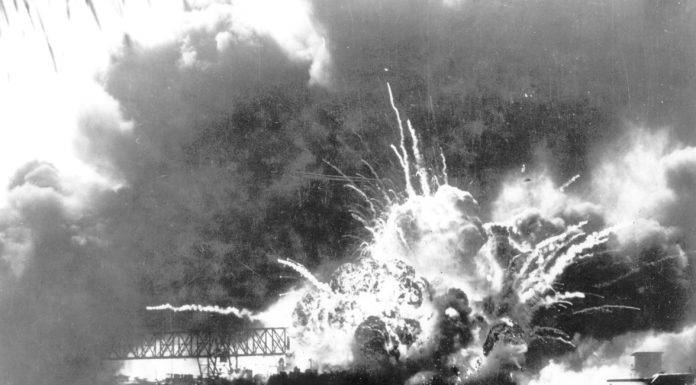(Ken Silva, Headline USA) Newly discovered FBI records show that the bureau investigated possible biological attacks from Japan during World War II.
The documents were found by investigative journalist and biological warfare researcher Jeffrey Kaye.
According to Kaye, one report is from two months after the end of World War II, and it states that anthrax was discovered in Japanese balloons that came down in the U.S. Midwest. The other report was dated five years after the war, and it discusses outbreaks of bubonic plague that experts felt were linked to the Japanese balloon attacks, Kaye said.
The first report—a July 6, 1945 FBI memorandum addressed to the Chief of the FBI’s Domestic Intelligence Division, Daniel M. Ladd—states that “recently several Japanese balloons were found in [North and South Dakota, and Nebraska] which were determined to have been carrying bacteria.”
The bacteria were reportedly identified as anthrax. Kaye wrote that the pathogen was discovered in the hydrogen gas that inflated the massive paper-laminated balloons.
The second report—separate FBI memo, dated May 11, 1950, from none other than FBI Director J. Edgar Hoover—reveals that some of Japan’s balloons landed in New Mexico’s Sandia Mountains.
In his memo, Hoover highlighted warnings from Dr. Lincoln La Paz, then Head of the Department of Mathematics and Astronomy at the University of New Mexico, who apparently had determined that an outbreak of bubonic plague in New Mexico’s Sandia Mountains was related to the Japanese balloon landings.
“The report further described how the 1949 plague outbreak occurred ‘principally in the northern part of the province, precisely the area most heavily bombarded with [Japanese] paper balloons,’” Kaye noted.
“It is noteworthy that no other history or list of Japan’s balloon attacks has ever indicated that any balloons were sighted or landed in New Mexico, suggesting the New Mexico sightings were covered-up,” he wrote.
The biological attacks were suspected to be a part of Japan’s balloon attack campaign—code-named “Fu-Go”—which entailed Japan launching some 9,300 high-altitude balloons against the U.S. and Canada in late 1944 and early 1945.
“This new evidence significantly challenges our understanding of a little-known but important episode in World War II. If this new historical evidence holds up, it means that Japan, the United States, and Canada, have hidden evidence of a germ warfare attack against the North American mainland for nearly eighty years,” Kaye said of the newly discovered reports.
Kaye’s new info on Japan follows the FBI releasing its file on the Pearl Harbor attacks in December. As Headline USA reported in December, the FBI’s Pearl Harbor file shows that the bureau was monitoring phone calls between Hawaii and Japan ahead of the Dec. 7, 1941, attack.
The records, which remain heavily redacted more than 80 years after the fact, also show that the FBI investigated—but found no evidence of—subversive activities by Japanese people living in Hawaii before and after Pearl Harbor.
Ken Silva is a staff writer at Headline USA. Follow him at twitter.com/jd_cashless.

